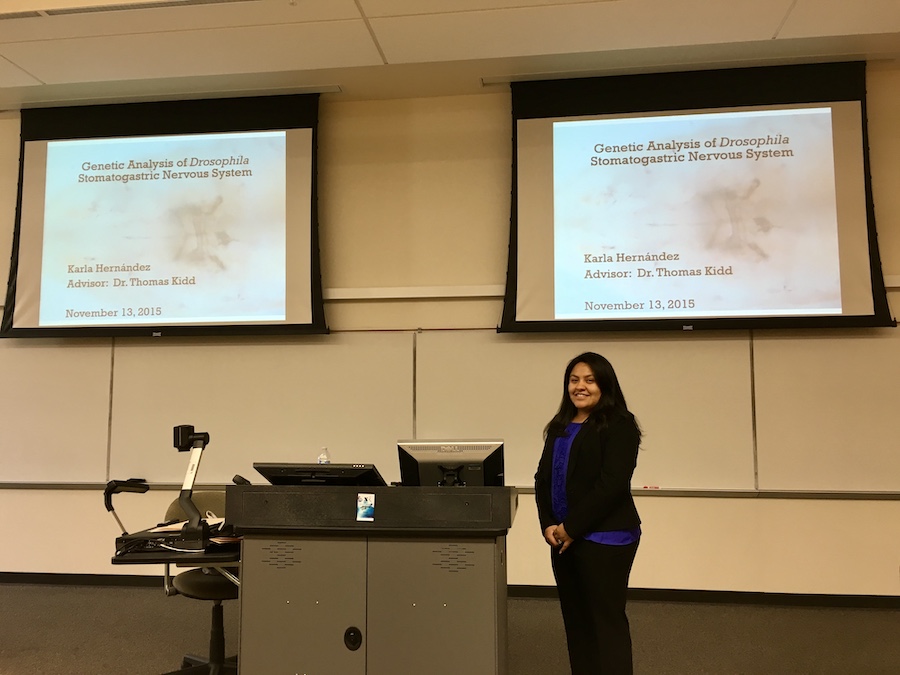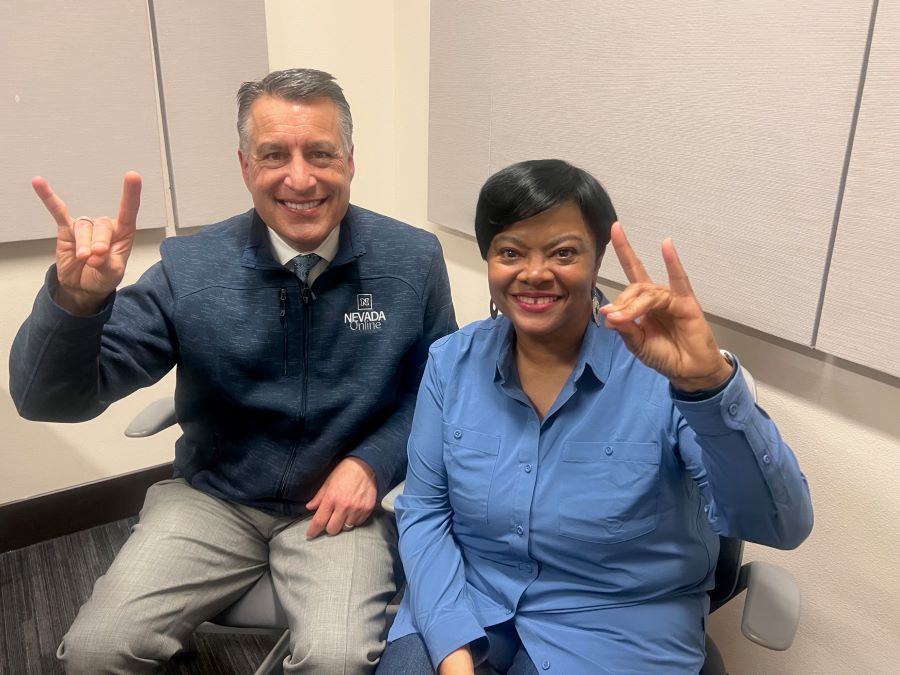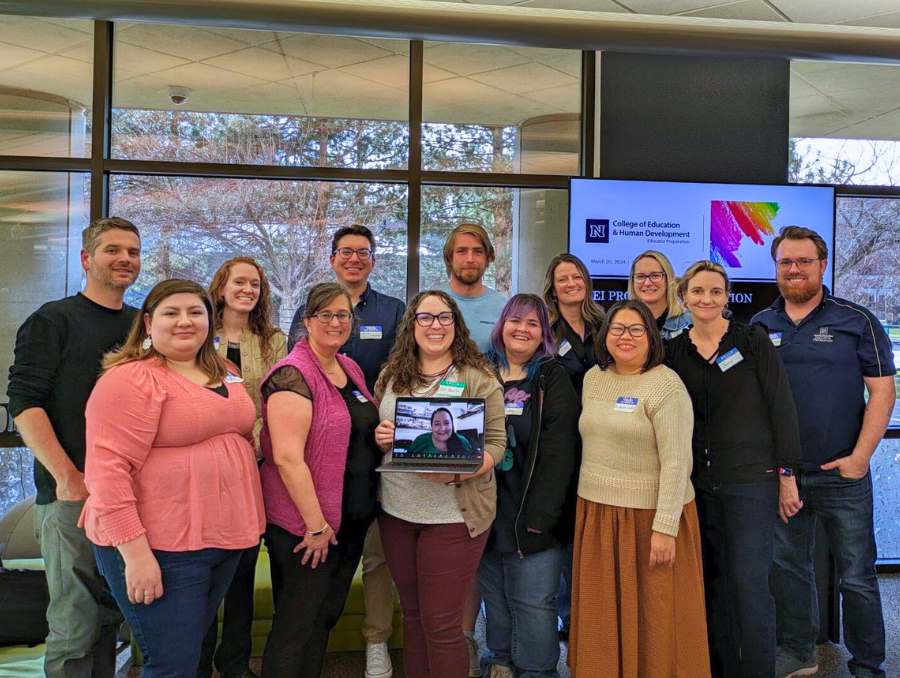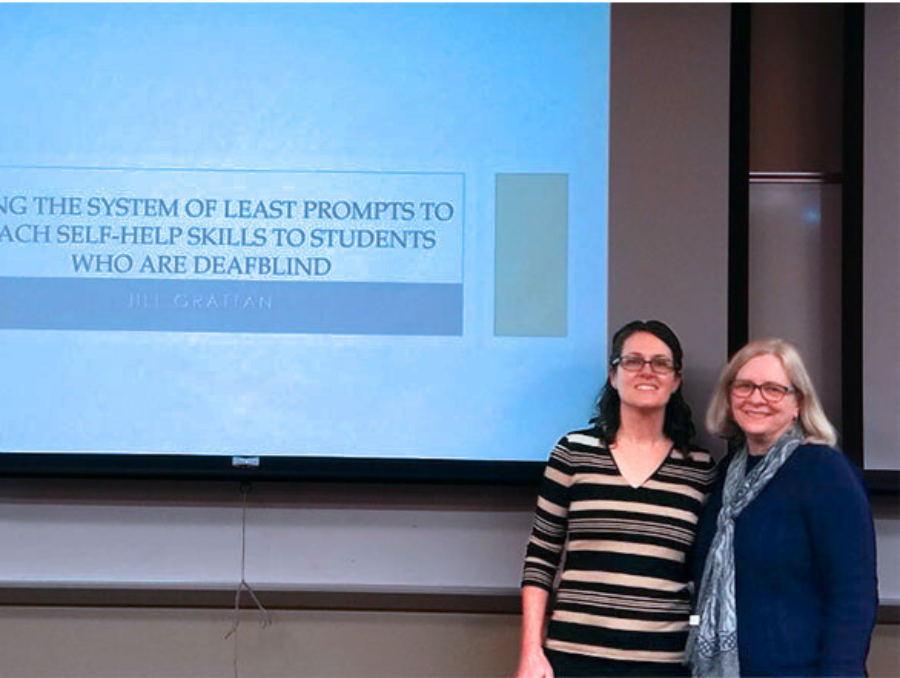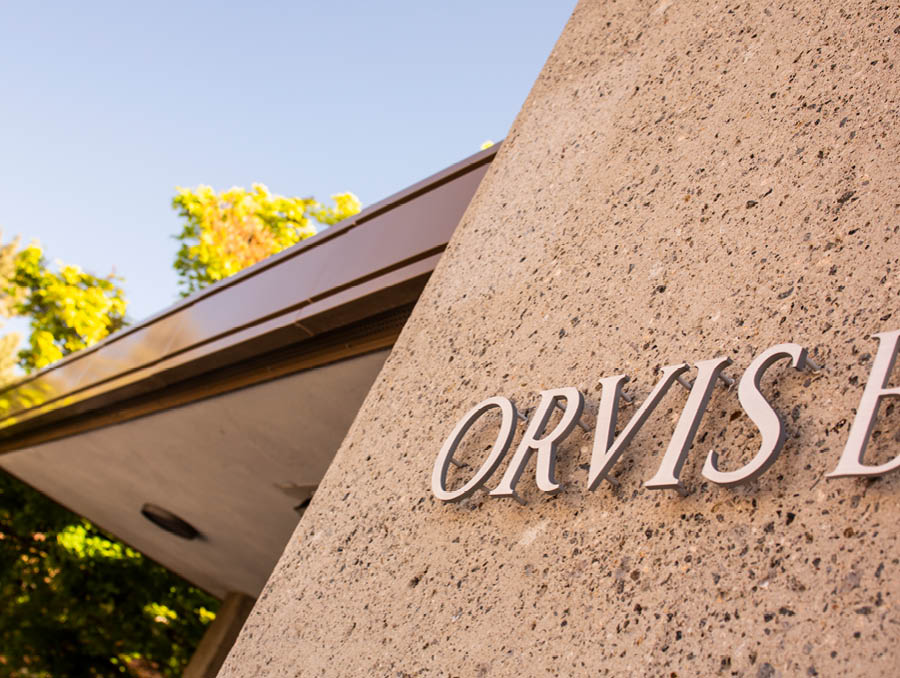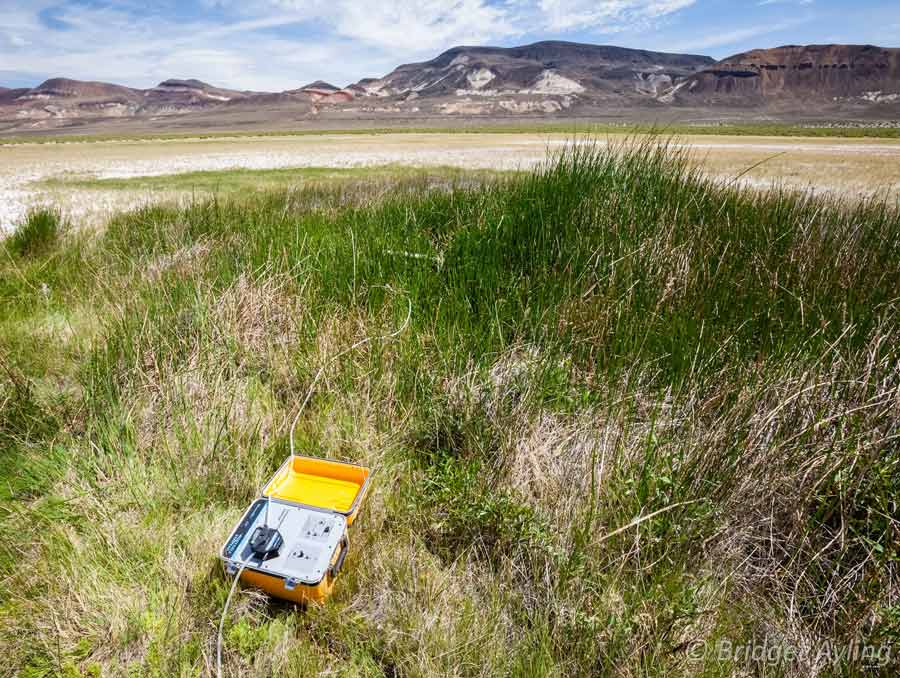Following this week's tragic shooting incident at Virginia Tech University, colleges and universities across the country—including the University of Nevada, Reno—are taking a careful look at their emergency response and communication processes.
"Out of all bad comes some good," said Adam Garcia, director of University Police Services. "We will review the event, as we did following Columbine High, the Sept. 11 terrorist attacks and other incidents, to see what we might learn."
Planning, training and vigilance are the backbones of the University's emergency response capability, said Garcia, who is also current general chair of the University & College Section of the International Association of Chiefs of Police.
University police officers train with the Washoe County Sheriff's tactical team and several University officers are also members of the Sheriff's SWAT team. An added benefit of the collaborative SWAT team training is that Sheriff's personnel have the opportunity to become familiar with the campus.
The University's emergency response plan outlines a process for prompt notification of key administrators, who partner with University Police Services in case of an emergency. That team would then rapidly convene, assess a situation, make decisions and direct appropriate communication.
In addition to the existing broadcast email capability, new communication systems put in place this semester have improved the University's ability to broadcast an emergency message across campus. A network of campus information monitors installed over the past two months conveys daily information about University events and activities, and this system can be used to communicate emergency information. The network was funded by the Associated Students of the University of Nevada (ASUN) and is being maintained by ASUN and the University's Office of Marketing and Communications.
Nine new campus information monitors are located in the Jot Travis Student Union (JTSU) outside the Pine Lounge, the Overlook food court in JTSU, Downunder Cafe, above the ticket office in the Church Fine Arts building, Lombardi Recreation, Getchell Library entrance, Getchell Library study area, Northside Cafe and Ansari Business Building in the student lounge. Two additional sites are being determined, and plans are in place for two monitors to be installed in the new Joe Crowley Student Union next fall, for a total of 13 sites in the network.
The University's new phone system also offers improved emergency communication features. A broadcast feature –- sometimes referred to as "reverse 911" –- allows a recorded message to be sent concurrently to all phones in the University phone system.
The new phone system also includes a location-specific 911 feature. When a call to 911 is placed, the phone system automatically identifies the location of the phone from which the call is placed. This aspect of the new phone system was recently successfully tested, and new maps of the campus have been distributed to law enforcement and emergency services.
Even with these emergency response plans and emergency communication processes, Garcia, his team and University administrators recognize the need to continually improve and prepare.
"We are fortunate to have our University Police Services, with dedicated and trained officers on campus," University President Milt Glick said yesterday. "As always, University Police Services remains vigilant, and we request that you call them if you observe any behavior or situations that you feel are suspicious or unsafe. Today provided a sobering reminder that no matter how safe our campus may be, safety and security must remain a top priority."
University Police Services can be contacted by calling 911, 334-2677 (334-COPS) or the duty phone at 745-6195.




